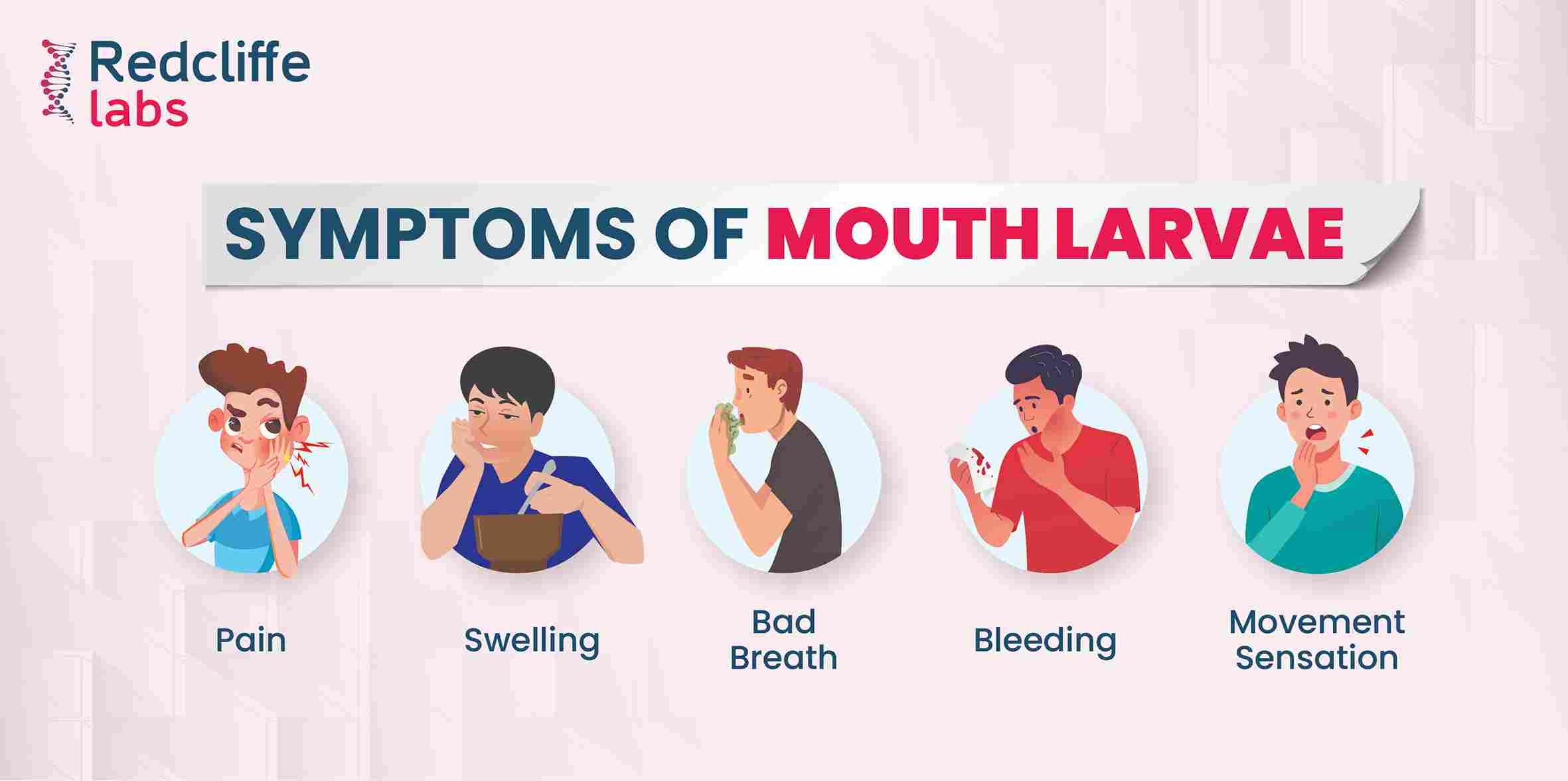Mouth larva infections‚ a horrifying thought for many‚ are thankfully rare but can occur under specific and often unsanitary conditions․ Understanding the potential causes‚ recognizing the early warning signs‚ and implementing effective prevention strategies are crucial for maintaining optimal oral health and avoiding such a distressing situation․ These infections‚ also known as oral myiasis‚ involve the infestation of oral tissues by fly larvae‚ leading to significant discomfort and potential complications if left untreated․ The key to preventing mouth larva infections lies in meticulous hygiene and prompt medical attention for any unusual oral symptoms․
Understanding Oral Myiasis
Oral myiasis‚ the medical term for mouth larva infections‚ arises when flies deposit their eggs in open wounds‚ necrotic tissue‚ or areas of poor hygiene within the oral cavity․ The eggs hatch into larvae (maggots) that feed on the surrounding tissues․ While more common in tropical climates and among individuals with compromised immune systems or disabilities that hinder oral hygiene‚ it can occur anywhere given the right circumstances․
Factors Contributing to Mouth Larva Infections
- Poor Oral Hygiene: Inadequate brushing and flossing create an environment conducive to bacterial growth and tissue breakdown‚ attracting flies․
- Open Wounds or Ulcers: Sores or injuries in the mouth provide easy access for flies to lay their eggs․
- Compromised Immune System: Individuals with weakened immune systems are more susceptible to infections of all kinds‚ including oral myiasis․
- Neglect and Disability: People unable to properly care for themselves‚ especially those with cognitive or physical impairments‚ are at increased risk;
- Outdoor Sleeping: Sleeping outdoors‚ particularly in unsanitary conditions‚ increases exposure to flies․
Recognizing the Symptoms
Early detection is vital for effective treatment․ Symptoms can vary depending on the severity of the infestation but often include:
- Visible Larvae: The most obvious sign is the presence of small‚ white or cream-colored larvae crawling in the mouth․
- Pain and Discomfort: Infestation can cause localized pain‚ tenderness‚ and itching․
- Foul Odor: The decaying tissue and larval activity can produce a distinct‚ unpleasant odor․
- Tissue Damage: As the larvae feed‚ they can cause further tissue damage‚ leading to ulcers and inflammation․
- Bleeding: The gums or affected areas may bleed easily․
Prevention Strategies
Preventing mouth larva infections is largely based on maintaining excellent oral hygiene and addressing underlying health conditions․
- Rigorous Oral Hygiene: Brush your teeth at least twice a day and floss daily to remove food particles and plaque․
- Regular Dental Checkups: Visit your dentist regularly for professional cleanings and examinations․
- Wound Care: Promptly treat any cuts‚ sores‚ or ulcers in the mouth․
- Protective Measures: If sleeping outdoors‚ use mosquito netting to prevent flies from accessing your face․
- Address Underlying Conditions: Manage any medical conditions that compromise your immune system or oral health․
Management and Treatment
If you suspect you have a mouth larva infection‚ seek immediate medical attention․ Treatment typically involves:
- Manual Removal: A healthcare professional will carefully remove the larvae from the mouth using forceps or other instruments․
- Wound Cleaning: The affected area will be thoroughly cleaned and disinfected․
- Antibiotics: Antibiotics may be prescribed to prevent or treat secondary bacterial infections․
- Debridement: In severe cases‚ damaged tissue may need to be surgically removed (debrided)․
Prognosis is generally good with prompt and appropriate treatment․ However‚ neglecting the condition can lead to more severe complications‚ including extensive tissue damage and systemic infection․ The best defense against mouth larva infections is vigilance‚ proactive oral hygiene‚ and seeking professional help when needed․
But what if the infection is in a hard-to-reach area? Would specialized dental tools be necessary for extraction? And how long does the entire treatment process typically take‚ considering the potential for secondary infections? Is there a risk of re-infestation‚ and if so‚ what measures can be taken to prevent it? Could certain mouthwashes or antiseptic solutions aid in eliminating any remaining larvae or eggs after manual removal? Furthermore‚ wouldn’t a thorough examination of the patient’s overall health be essential to identify any underlying conditions contributing to the increased susceptibility? What about the psychological impact of such an infestation? Are there support services available to help patients cope with the distress and anxiety associated with oral myiasis?
Long-Term Oral Health After Myiasis
Following successful treatment‚ what steps should be taken to restore the oral microbiome balance? Are there specific dietary recommendations to promote healing and prevent future infections? Could probiotics play a role in strengthening the oral defenses against opportunistic organisms? And what about addressing any pre-existing dental issues that might have contributed to the initial infestation? Would restorative procedures like fillings or crowns be necessary to repair damaged teeth? Isn’t it crucial to educate patients on the importance of consistent oral hygiene practices and the potential consequences of neglect?
Beyond the Immediate Treatment
Could telemedicine play a role in monitoring patients after treatment‚ especially those in remote areas or with limited mobility? What research is being conducted to better understand the factors that contribute to oral myiasis and develop more effective prevention strategies? Are there public health initiatives aimed at raising awareness about oral hygiene and the importance of seeking prompt dental care? And what about the role of community outreach programs in providing access to dental care for underserved populations? Finally‚ are there any emerging technologies or treatments on the horizon that could revolutionize the way we prevent and manage mouth larva infections?


